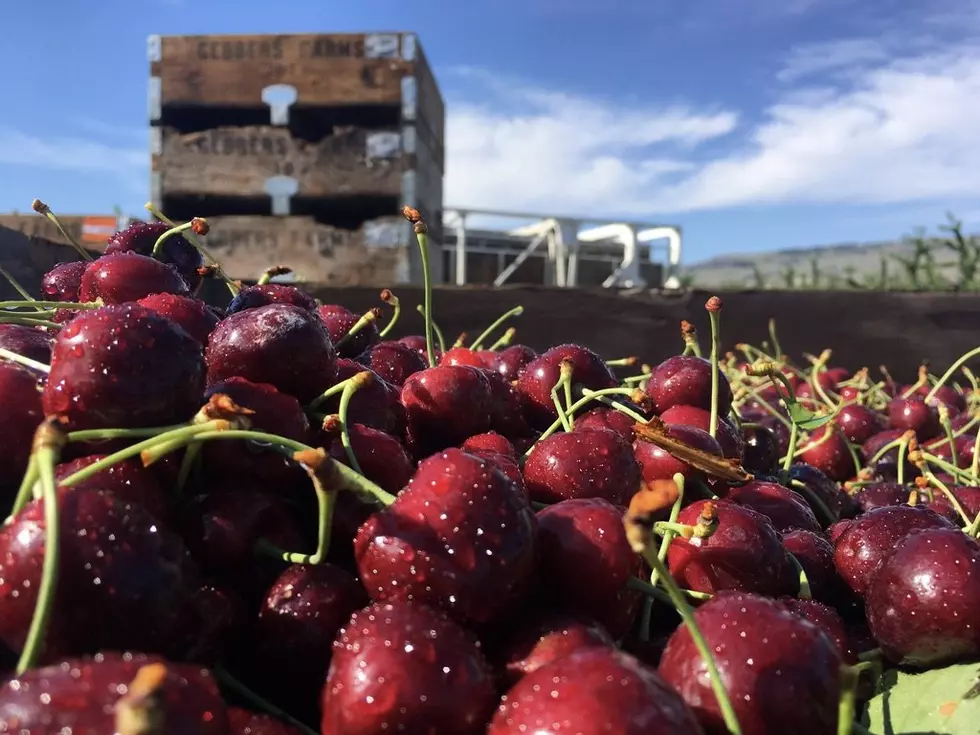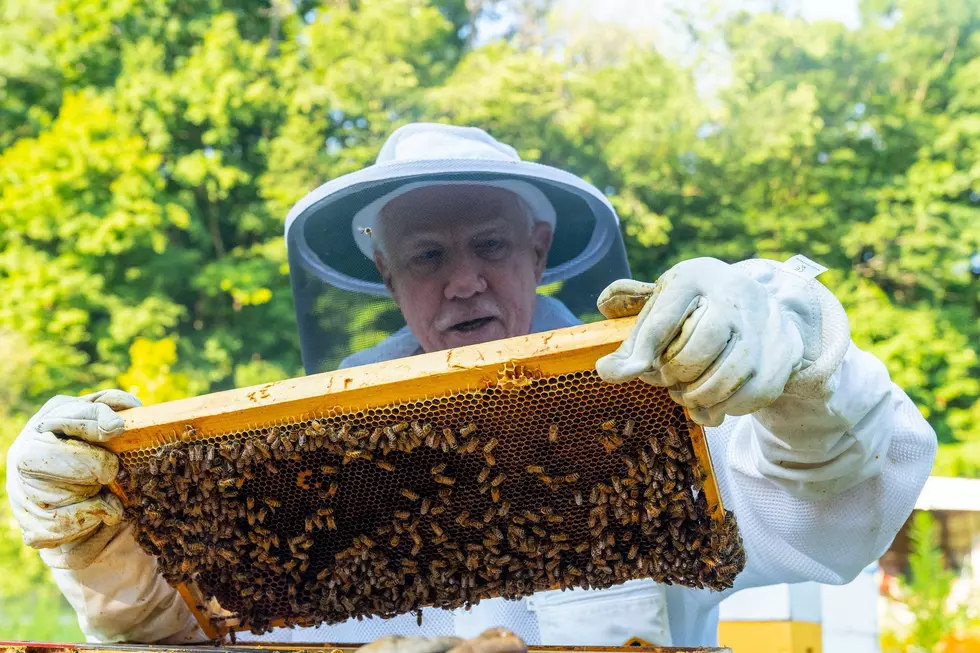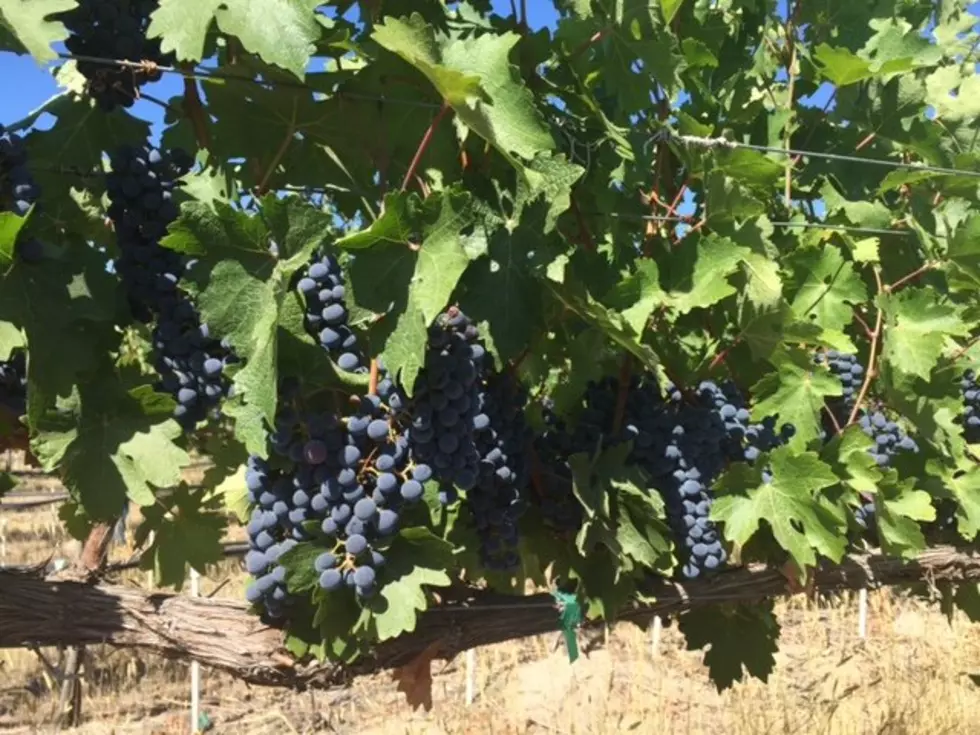
Cherry Growers Asked To Watch For Signs Of Little Cherry Disease
With cherry harvest set to begin in the next couple of weeks in some locations across the Inland Northwest, Washington State University is reminding producers to be on the lookout for Little Cherry Disease. WSU's Scott Harper said LCD has been present in Washington for several years, and is spreading quickly.
"As the name suggests, small cherries, they are often not colored right, depending on what variety they are, they are a lot smaller than normal, and you can often only see the disease symptoms within, say, two weeks before harvest. So, it's a disease that expresses itself on the fruit just before harvest."
Harper adds that there are trees out there that are infected, and the grower is not aware of it, and may not become aware of it until the 2018 harvest wraps up.
So, how dose Little Cherry Disease spread? Harper said there are three pathogens to blame.
"There are two viruses, Little Cherry Virus #1 and Little Cherry Virus #2, and then there's a phytoplasma called Western X Phytoplasma. One of the viruses is spread by mealy bugs, and we suspect the phytoplasma is spread by leafhopers. So, there's insect spread for at least a couple of the pathogens that cause this disease. It can also be spread by grafting of infected materials."
Growers who want to check their trees are encouraged to send materials to the WSU diagnostic lab, so they can run appropriate tests. Harper said, unfortunately, there is no treatment for Little Cherry Disease, and trees that have LCD must be removed to prevent the spread.
If you have a story idea for the Washington Ag Network, call (509) 547-1618, or e-mail gvaagen@cherrycreekradio.com
More From PNW Ag Network









